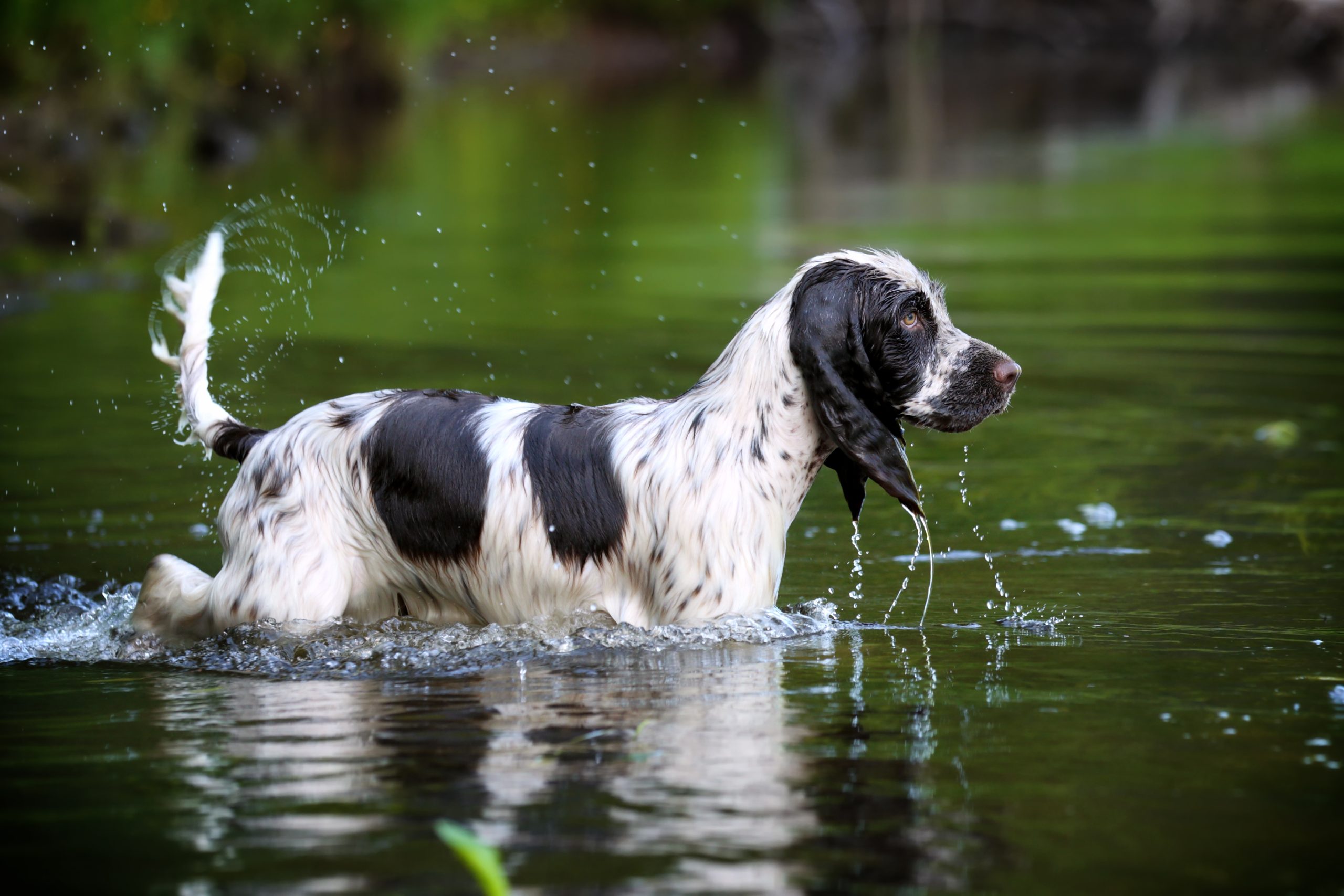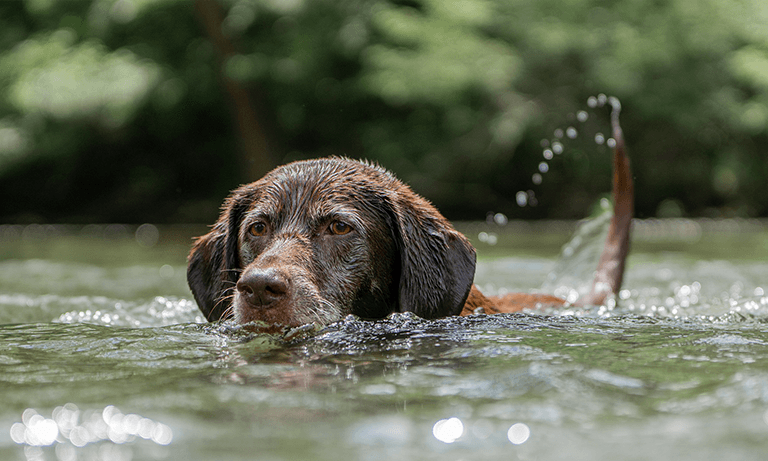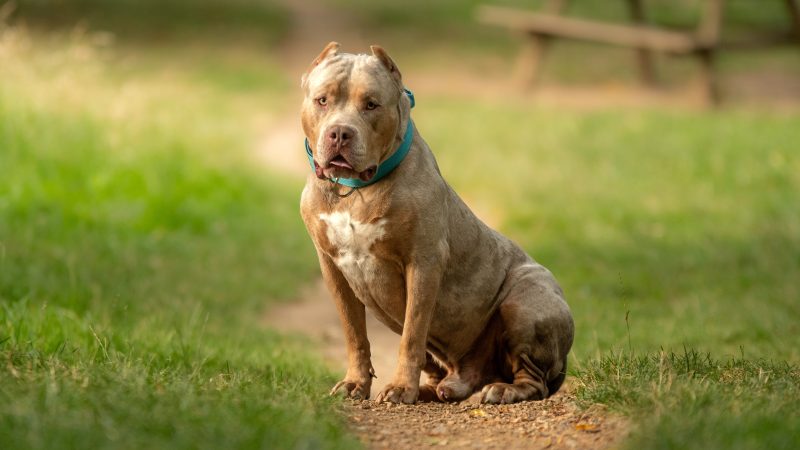Warning over lake water dangers after deaths of NI dogs

A Northern Ireland vet has warned owners not to let their pet near any stagnant, lake water following the deaths of four dogs in County Fermanagh who may have come into contact with a toxic algae.
Aoife Ferris of Lakeland Veterinary Services said four dogs have died at the surgery in June.
The dogs had either been in the water or on the shoreline at Lough Melvin, a lake on the border with County Leitrim in the Republic of Ireland.
Ms Ferris said the deaths may have been caused by toxic blue-green algae.
“Dogs are obviously very warm in this weather but I would urge any dog owner not to let their pet near any stagnant, lake water,” she said.
Blue-green algae is a term used to describe a group of cyanobacteria.
They often bloom in lakes and ponds during hot weather, and can be fatal to dogs.
The bacteria produce toxins which stops the liver from functioning.
In some cases, symptoms – including vomiting, seizures and sudden collapse – can appear just 15 minutes after drinking contaminated water
The British Veterinary Association also urged pet owners to take steps to keep their dogs safe when walking near freshwater bodies this summer, as the warm weather brings with it an increased risk of toxic blue-green algae growth.

The warning comes after several recent news reports of algal bloom sightings in lakes, ponds of rivers around the UK, including the Lake District and Shetland islands. Sadly, at the beginning of the month, it was reported that four dogs in County Fermanagh, Northern Ireland, and one dog in Conwy, Wales died after possible contact with blue-green algae.
Confirmed sightings are identified by the UK Centre for Ecology and Hydrology’s (UKCEH) Bloomin’ Algae app, which encourages people to submit details and photos if they suspect they have spotted it.
British Veterinary Association President Malcolm Morley said: “Lots of dogs love water and won’t hesitate to dive straight in when they see a lake or go for a paddle in a pond. But toxic blue-green algae is very difficult to identify and, if ingested, can make dogs seriously unwell – and can even be fatal. We’re urging pet owners to keep their dogs on leads near water bodies where blue-green algae has been confirmed or, if unsure if a water body is safe, to keep them away from it completely. It may seem a shame to spoil your dog’s fun, particularly if they are used to swimming somewhere, but if you are unsure it is safe, it is not worth the risk.
“Being aware of the symptoms of exposure is also vital as there is no known antidote for the toxins and prompt treatment is critical to help give a chance of recovery. Symptoms can appear within a few minutes or hours of exposure, and commonly include vomiting, diarrhoea, drooling, disorientation, trouble breathing, seizures, and blood in faeces. If you have any concerns or are worried your pet may have had contact with blue-green algae, speak to your vet as soon as you can.”
Top tips for pet owners
- Look out for any warning signs near water bodies.
- Keep pets on a lead and by your side around water bodies known or suspected to have a blue-green algal bloom – don’t let pets swim in it or drink from it.
- If your dog has been swimming outside, wash its coat thoroughly with clean water afterwards.
- Seek emergency veterinary treatment if you’re concerned your pet may have ingested toxic algae.
- Report sightings of suspected blue-green algae with a photograph via the Bloomin’ Algae app. You can also set up notifications for confirmed sightings in your area.
- There are other ways to help your dog keep cool in the warmer weather: paddling pools can give them somewhere to cool off and you should always make sure they have access to clean water and shade if outdoors.







